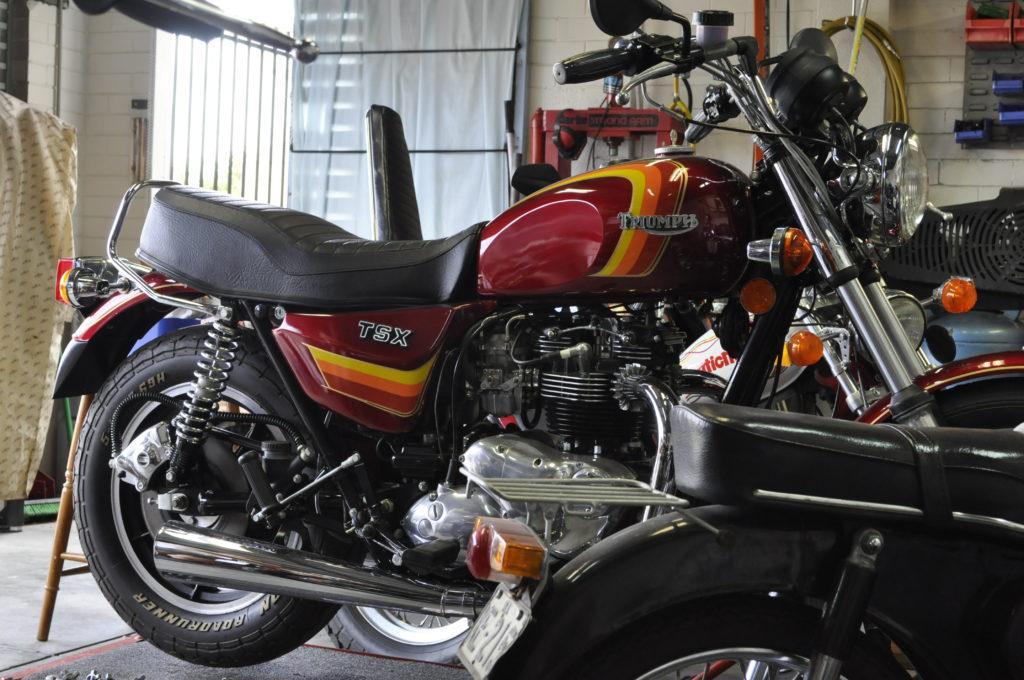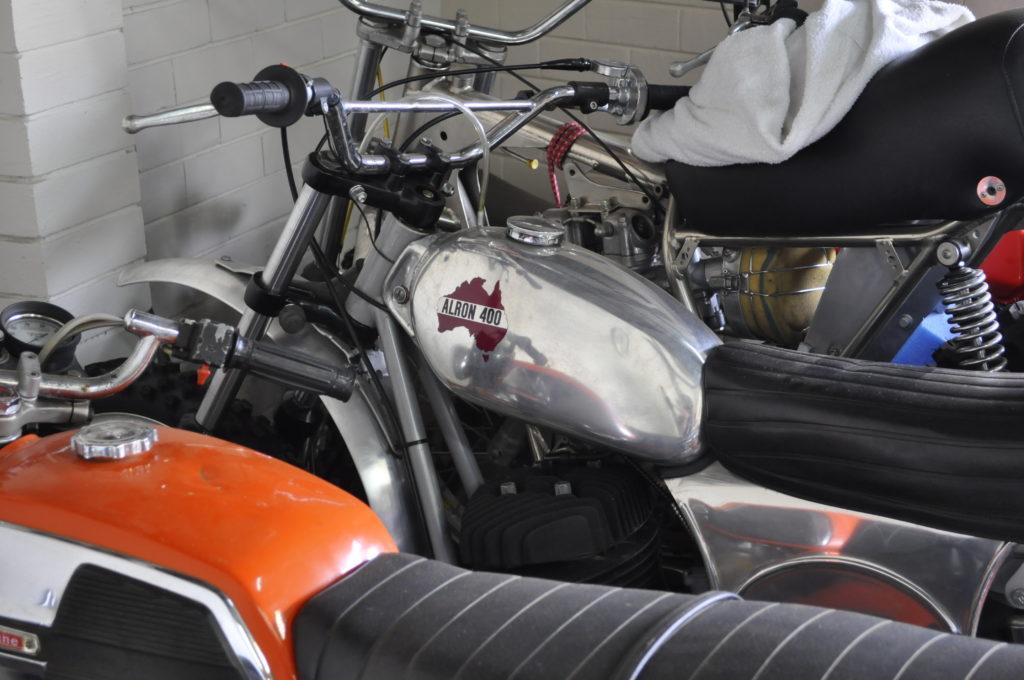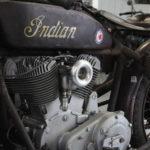Perth’s bike-collecting Barker brothers show how to fill a shed
MOST of the motorcycle riders I’ve met over the years spend a lot of their time dreaming about bikes they’d like to own. It’s a timeless, global obsession which — apart from the occasional resultant divorce and bankruptcy — is jolly good fun.
But there are some people whose obsession with motorcyclic accumulation operates on a higher level than the rest of us. While billionaires can just pull out the cheque book and go crazy (we’re working on such a story for early next year), most of us with mortgages and dogs and children and dodgy hot water systems make do with one or two (or three) — okay, or four or five — bikes at a time.
It becomes very frustrating when you really like the bike that’s already in your garage, but you really like the one that just rode past (… or that just popped up in front of you in ‘Bikes For Sale’.)
Faced with such frustration, most of us either give in to temptation and sell the old one to fund the new one, or we resist temptation and leave things as they are.
Perth painter Peter Barker was first tempted to ‘collect’ a motorbike when he spotted an early Honda 750 Four, in poor condition, for sale on the side of the road.
That was a few years ago and the Honda Four has, sadly, been moved along.
But it started a pattern of Peter’s apparently-futile fight with temptation.
In fact, temptation clearly had him beaten to a pulp a few years ago when his bike collection hit 60.
“It was a bit over the top,” he says. “I’ve since pruned back to about 30”.
It turns out that Peter and his brother Paul, both expat Englishmen, have been bitten hard by the bike-collecting bug. We’ll get to some of their bikes shortly, but let’s start with the bike which got us acquainted.
We first met Peter in Albany on the south coast of Western Australia while covering the 2016 Albany Vintage & Classic Motorcycle Club Hill Climb.
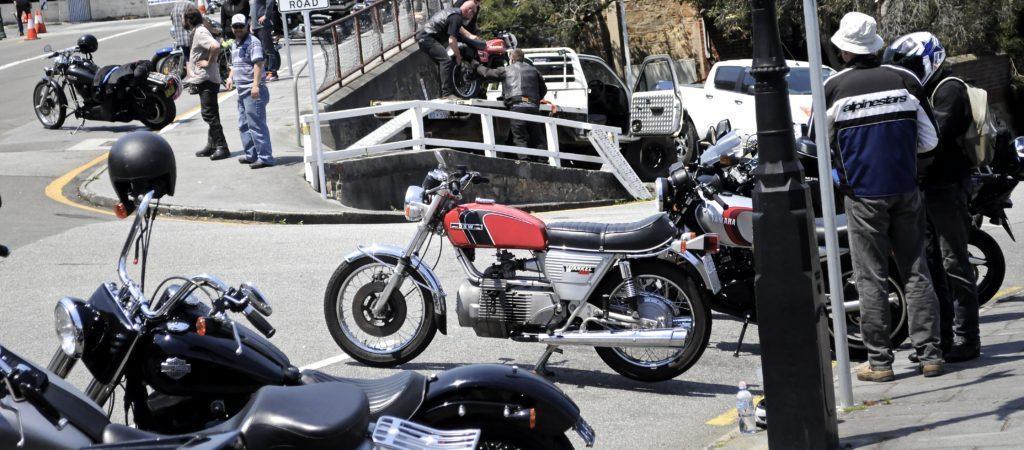
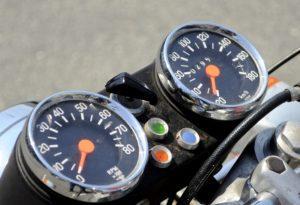
We were pretty excited when we spotted, parked up at the kerb in Albany’s historic Stirling Terrace, a DKW Wankel 2000. We recognised the bike from some misty magazine memory — mid-1970s, rotary-engined — but had never seen one in the flesh.
Such a rare-as-a-dodo motorcycle could never be described as ordinary, but this one was extra-ordinary. A sneak peek at the odometer on the old Deek showed a highly improbable 295km. Couldn’t be true, we figured.
But it was true. Several rotary DKWs were brought into Western Australia back in the day and languished on a dealer’s floor — unwanted, unloved and unsold — before the dealer surrendered to logic and wheeled them off into storage. So, when Peter tracked this one down it was simultaneously 40-odd years old and brand spanking new.
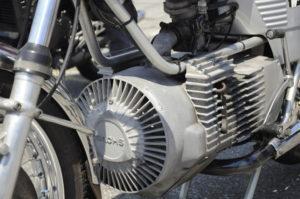
The Wankel 2000s were sold as DKWs in some markets and as Hercules in others, notably in their home country of Germany. The Hercules company was owned by fellow German company Sachs which also had rights to the Wankel (rotary) engine, which it had been using in its other automotive endeavour, snowmobiles. “Why not?” someone presumably thought, so they slotted the snowmobile engine into a bike frame, and the world’s first rotary-powered production motorcycle was born.
Sadly for all parties, the sales failure of the rotary DKWs in Perth was part of a global phenomenon. No one liked them very much because, apart from their novelty value and sky-high price tag, they were unspectacular. American bike magazine Cycle World effectively shot the bike in the back of the head with it’s March 1976 headline: “Hercules Wankel 2000: Less performance for more money takes this rotary out of the realm of practicality.”
Thud.
At least Hercules had the courage to give it a crack. It seems every man and his dog bought rights to the rotary technology, which had been invented by a couple of engineers working for NSU in the late 1950s.
Into the ’60s and ’70s, Alfa Romeo, American Motors, Citroen, Ford, General Motors, Mazda, Mercedes Benz, Nissan, Porsche, Rolls Royce, Suzuki and Toyota all had a poke and a prod at the Wankel in the lab. Most left it at that, with the exceptions of Suzuki, whose 1974 rotary RE5 was more successful than the Hercules/DKW but ultimately a sales flop, and Mazda, which had a lot more success with the RX series of sports cars. (I owned an RX4 coupe with the 13B bridgeport rotary engine for a year or two. I loved it to bits until it got T-boned at an intersection and written off. I cried for days.)
In more recent years, Norton proved the rotary engine could propel a motorbike at serious racetrack speeds, including a top-of-the-podium finish at the Isle of Man in 1992. Norton also took the technology to the public. The highly collectible and apparently very impressive F1 road-going rotary sports bike was released in 1989 and delivered the kind of performance the rest of us thought rotaries should have produced from the outset.
Today, of course, the historical value of Peter Barker’s DKW massively outweighs any concerns about modest performance. It’s place in history, as the father of all road-going rotaries, make it one for the collector.
The day we visited Peter at his home in suburban Perth, we wanted to know more about his DKW. But when we arrived, Peter was fiddling with the Mikunis on a Yamaha RD400 Daytona, which he’d recently bought (in Albany) but which was not behaving itself, especially at idle. We squeezed past a modern Triumph Street Triple R and an MV Agusta to take a look at a beautifully restored 1969 Yamaha 80 road bike, hiding under a blanket.
“Would you like to see my Fantic chopper?” he asked.
Hell yeah.
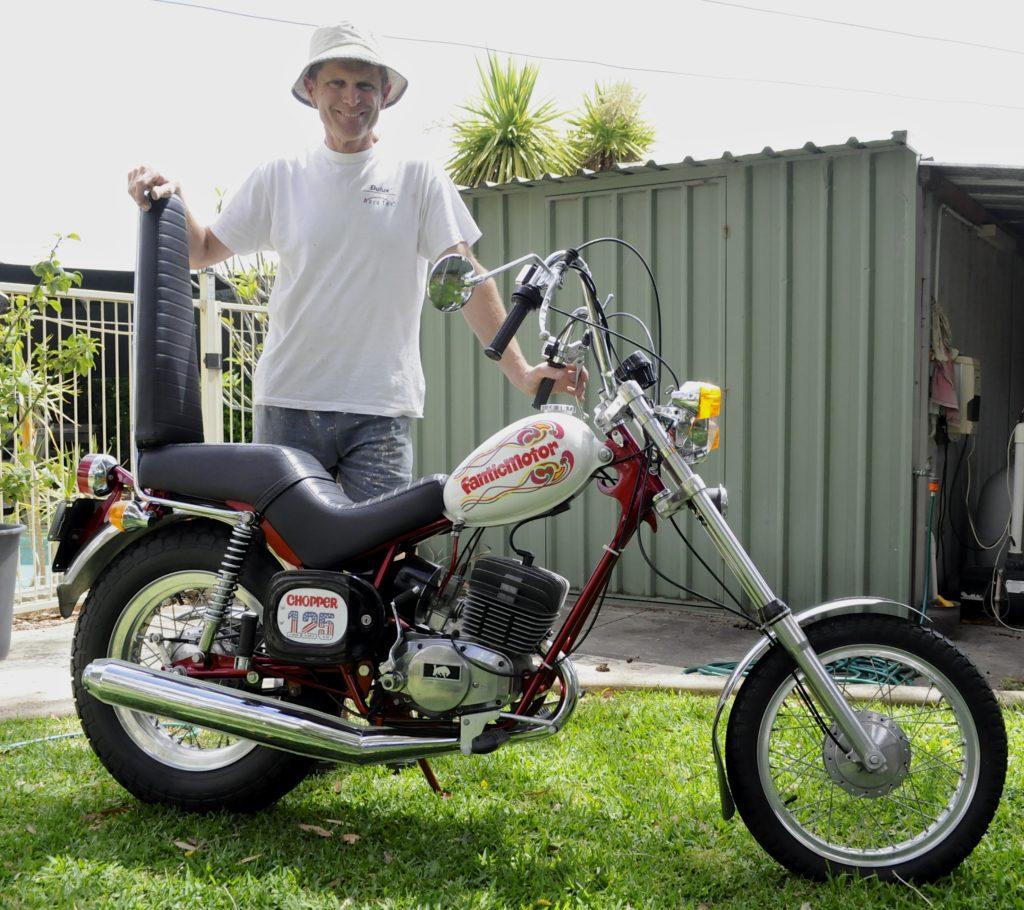
Out the back to another shed and there it was in all its glory. Remember these from the 1970s flares-and-long-hair era? Italian bike manufacturer Fantic, presumably after snorting some very good cocaine and drinking way too much grappa while watching a rerun of Easy Rider, decided to take a 125cc two stroke and turn it into a baby chopper. The product was one of motorcycling’s most gloriously whacky bikes.
“My brother’s got one too,” Peter told us. “He lives just around the corner …”
Peter’s brother was nowhere to be seen when we arrived, but Peter opened the garage doors and let us in.
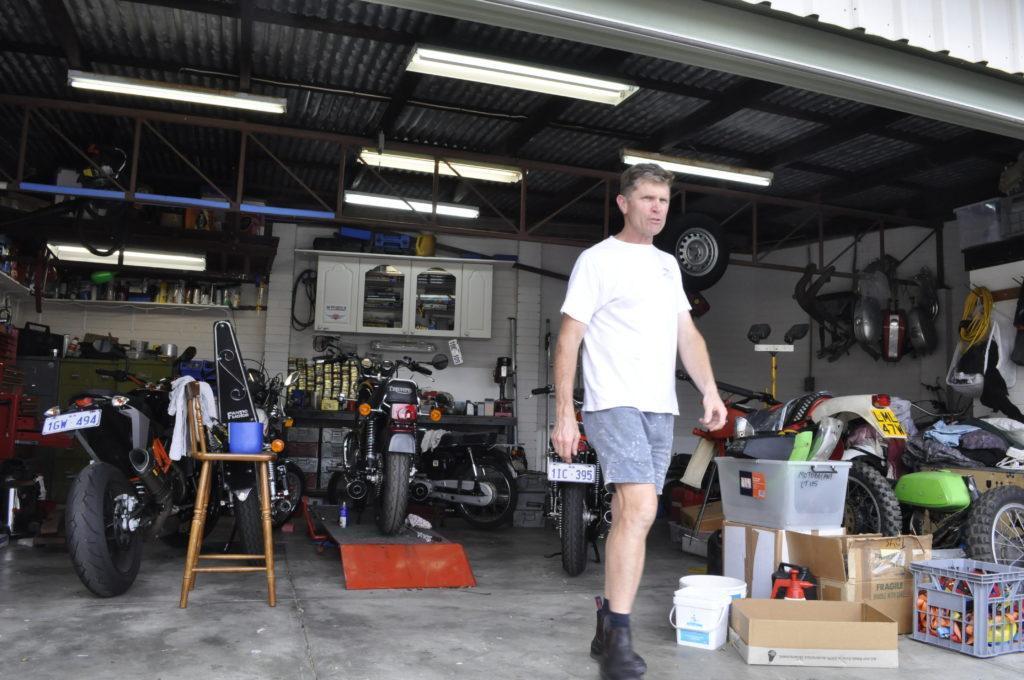
These pics capture a few of the bikes we found within …
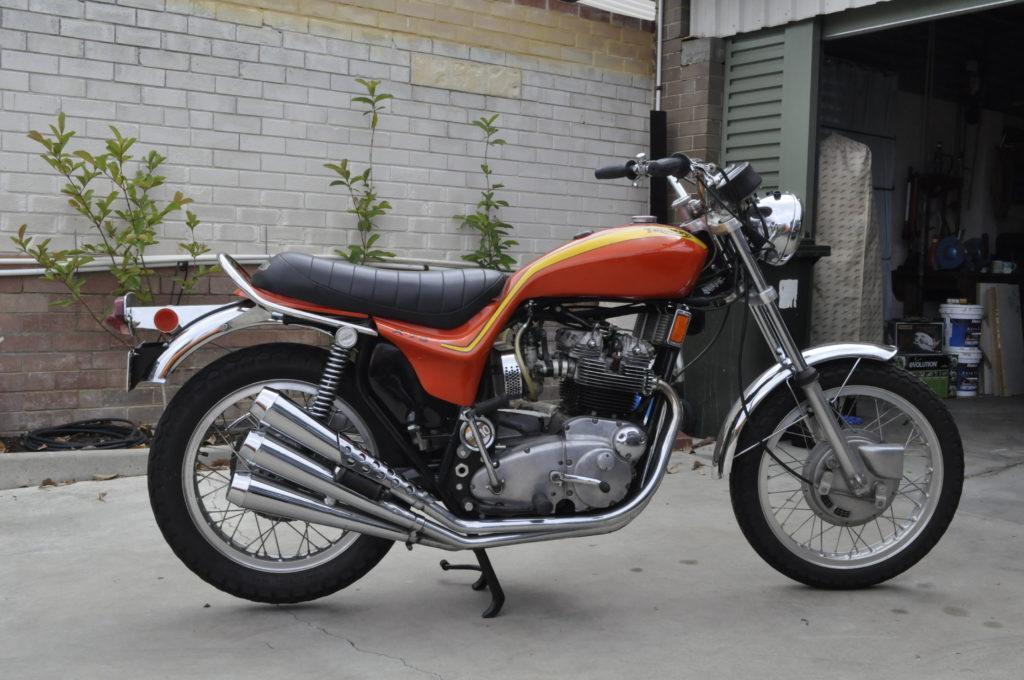
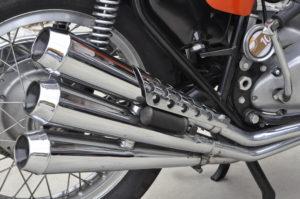
“I was fighting with temptation
But I didn’t want to win
A man like me don’t like to see
Temptation caving in.
– Leonard Cohen 2016

